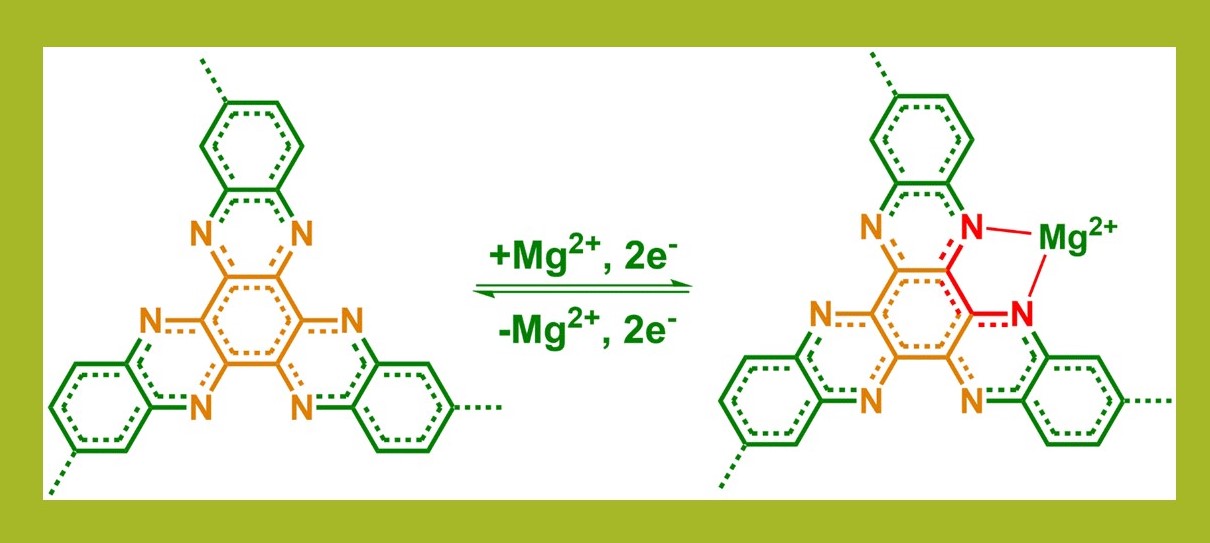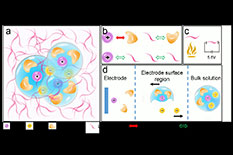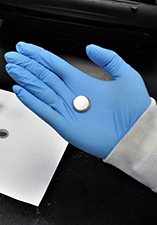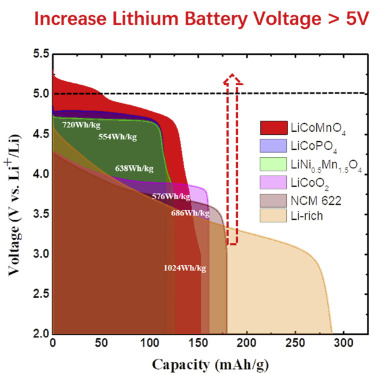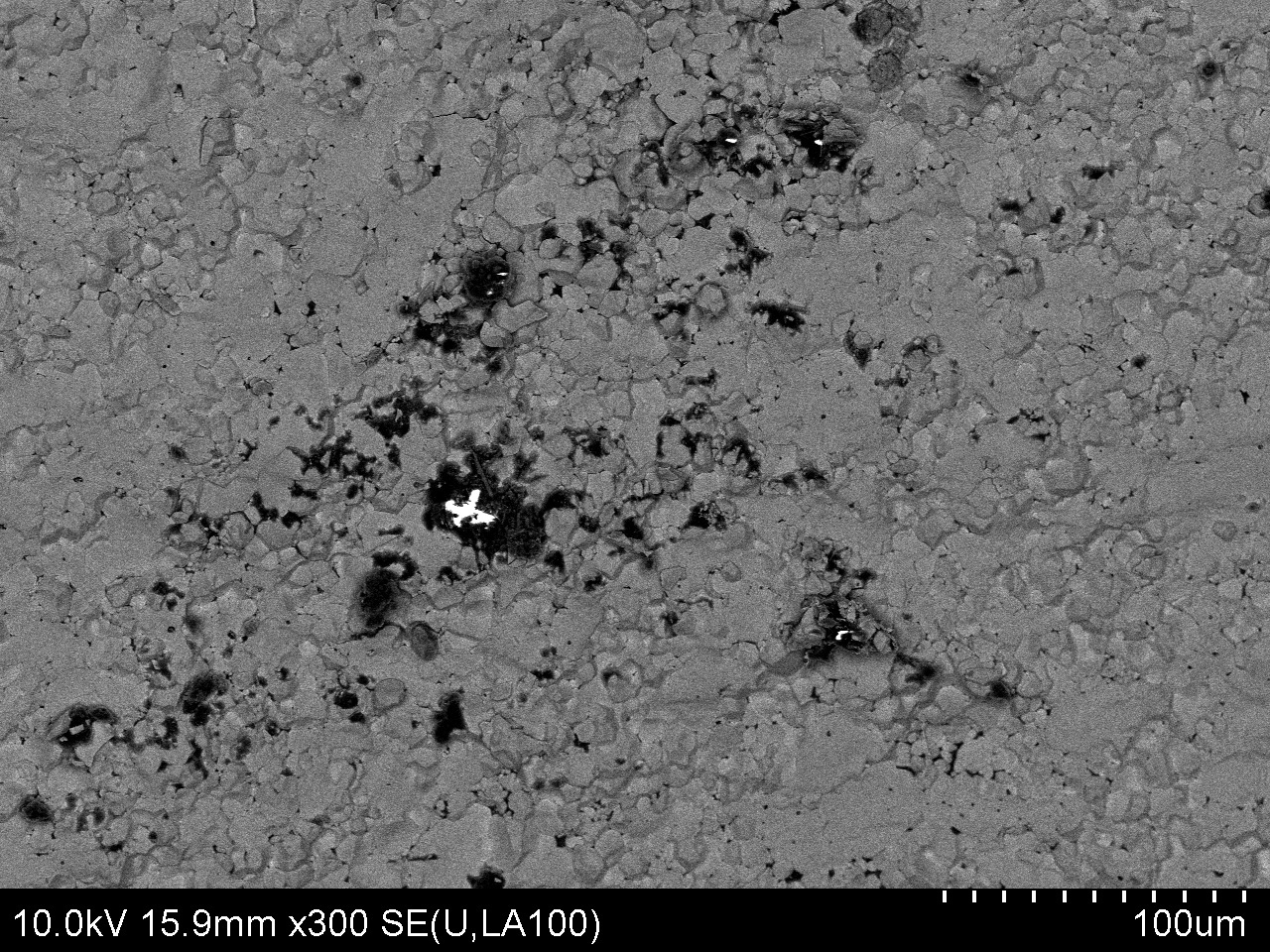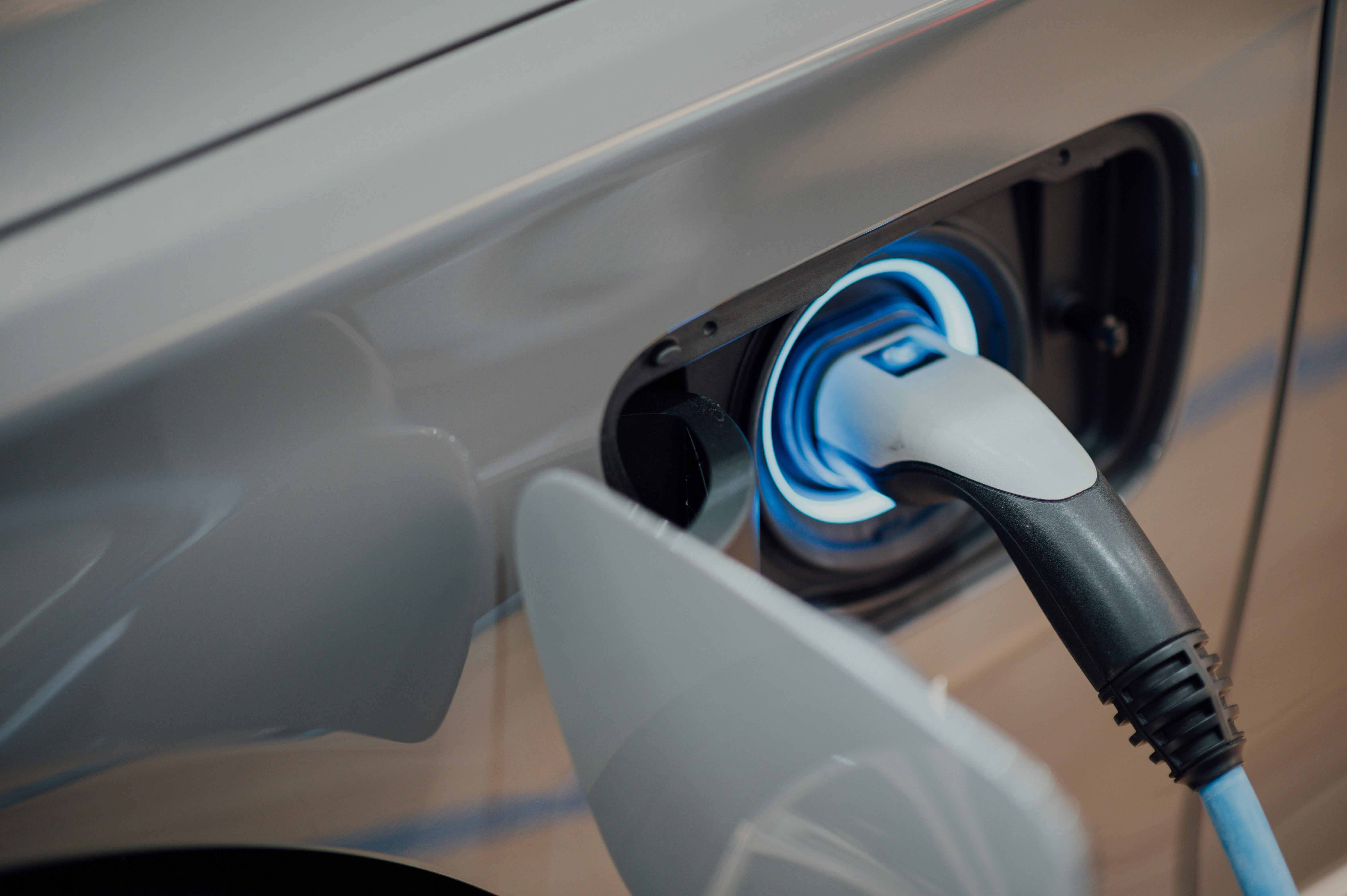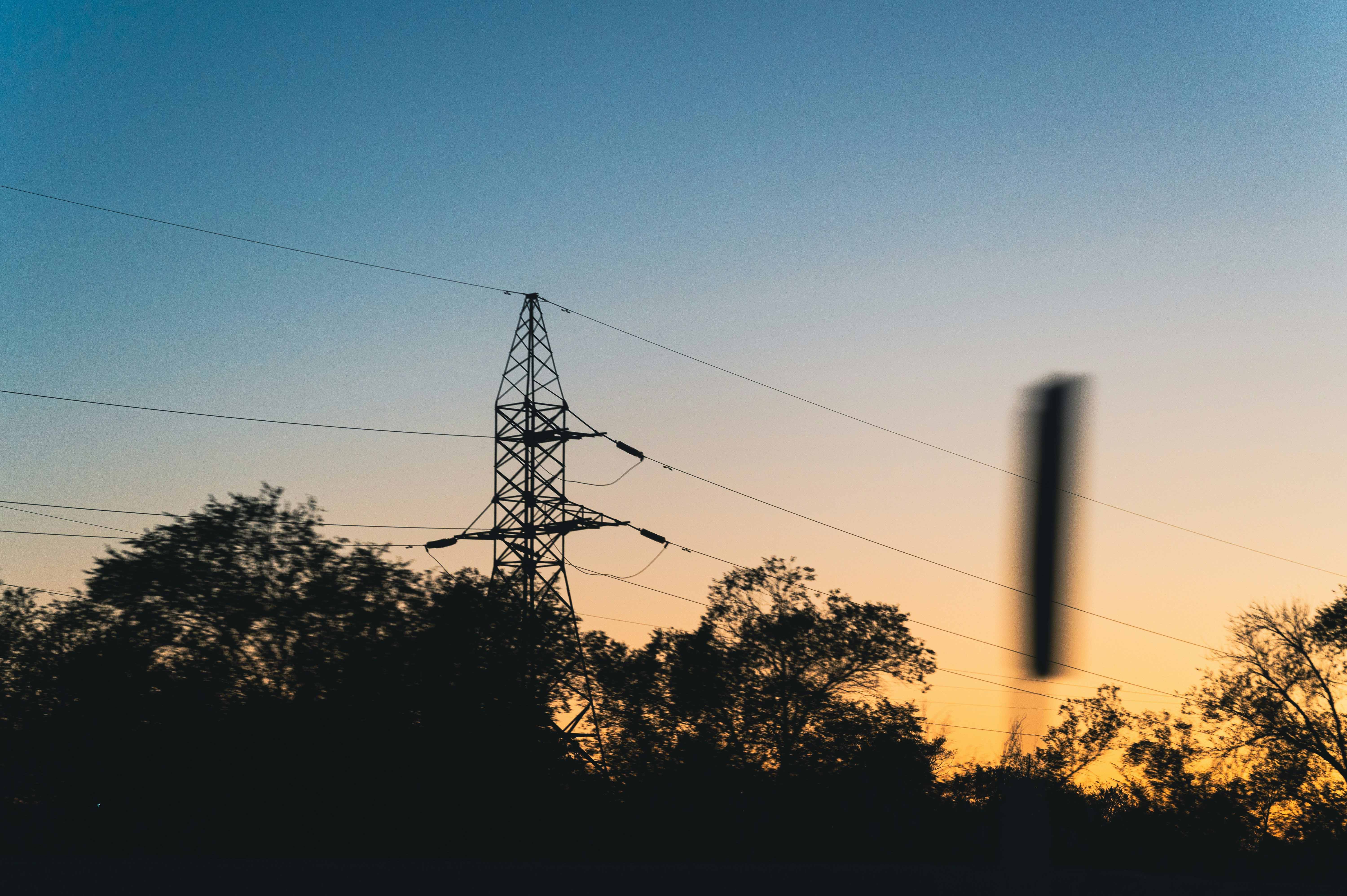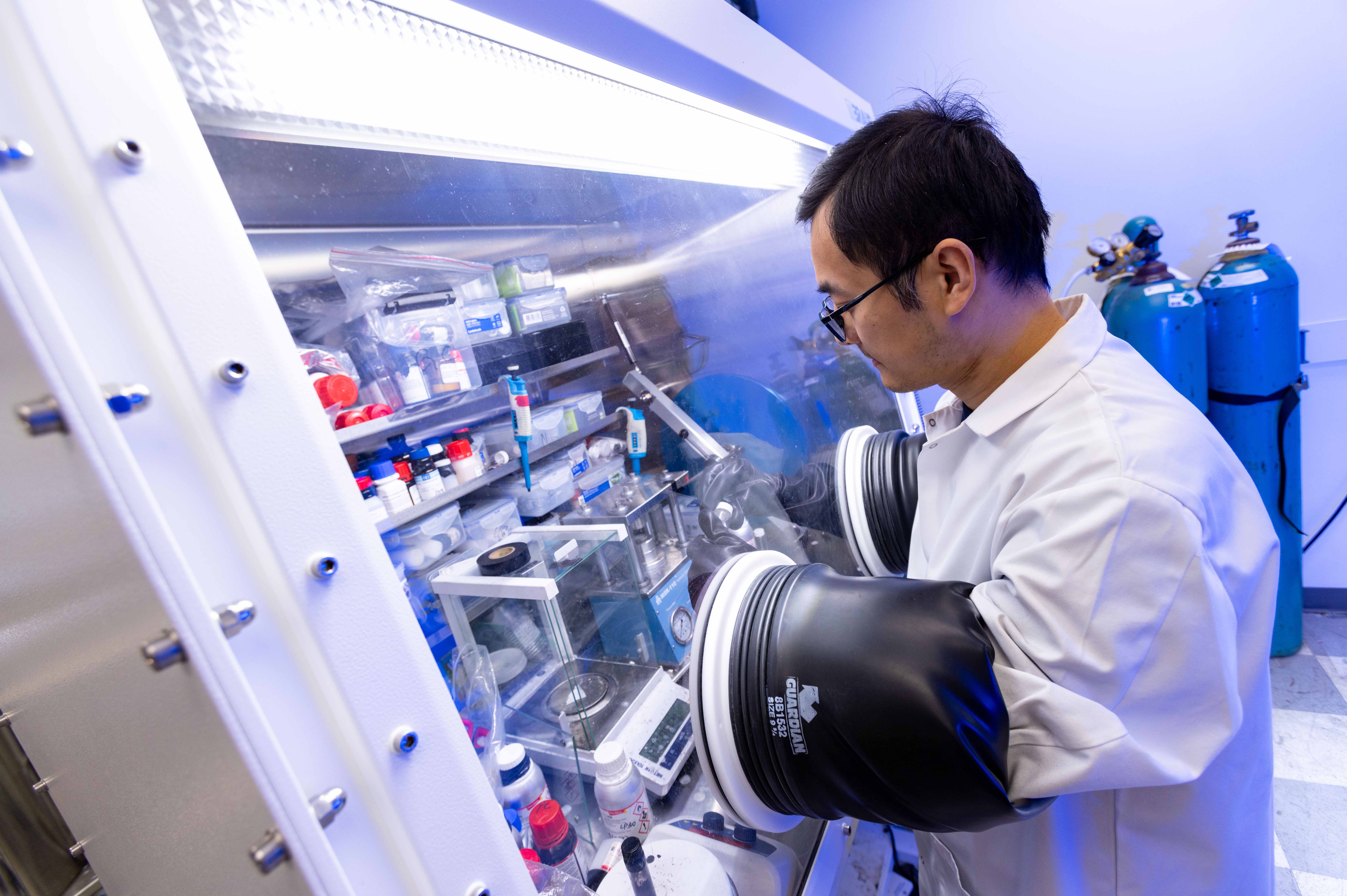News Story
Nanostructure of carbon and metal could solve potassium-battery puzzle
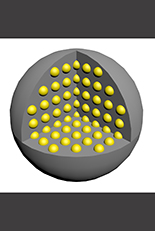
UMD engineers added metal nanoparticles to a larger sphere of carbon to boost potassium-based batteries, a cheaper alternative to lithium.
COLLEGE PARK -- Lithium ion batteries are found almost everywhere – you’ve probably got one in your pocket, shrouded inside your smartphone. But lithium itself is scare, and researchers would like to find a replacement. One good candidate seems to be potassium, which is much more earth-abundant, but is harder to work with.
Now researchers at the University of Maryland have found that loading the metal antimony as nanoparticles into carbon could make a good anode match for potassium’s larger size and slower reactions. Potassium is much more abundant on earth than its counterpart, lithium, and so would be cheaper to use in large-scale batteries. They reported their results in the journal Energy and Environmental Science on January 8.
“We used rational design to create this battery – that is, using high concentration potassium-ion solution as an electrolyte, and using antimony embedded in carbon for our anode were a novel and logical way to enhance the performance of K-ion batteries,” said Michael Zachariah, a professor in UMD’s Chemical and Biomolecular Engineering Department.
“K-ion batteries are promising alternatives for Li-ion batteries if their electrochemical performance can be significantly enhanced,” said Chunsheng Wang, a professor of Chemical and Biomolecular Engineering, and another of the researchers who supervised the study.
They sprayed a precursor containing the carbon and antinomy sources to create small spheres of carbon holding even tinier nanoparticles of antimony. This proved to be an effective way to mix carbon and metal to take advantage of both carbon’s compatibility and metal’s ability to hold electrical charge.
One of the reasons this combination works is that a “crust” of a new material is formed where the carbon-antimony structure meets the potassium. This interface of the two materials makes a layer of antimony-potassium that protects each surrounding material from the energetic effects of its partner.
The new battery, which is still in the testing phases, has a long cycle life and can hold large amounts of charge for its weight.
The researchers say that the potential applications include energy storage on a very large scale, such as a citywide grid.
The new battery, which is still in the testing phases, has a long cycle life and can hold large amounts of charge for its weight.
The research was funded by the National Science Foundation.
--end—
Extremely stable antimony–carbon composite anodes for potassium-ion batteries
Jing Zheng, Yong Yang, Xiulin Fan, Guangbin Ji, Xiao Ji, Haiyang Wang, Singyuk Hou, Michael R. Zachariah and Chunsheng Wang
Energy Environ. Sci., 2019, Advance Article
DOI: 10.1039/C8EE02836B
Published February 5, 2019
